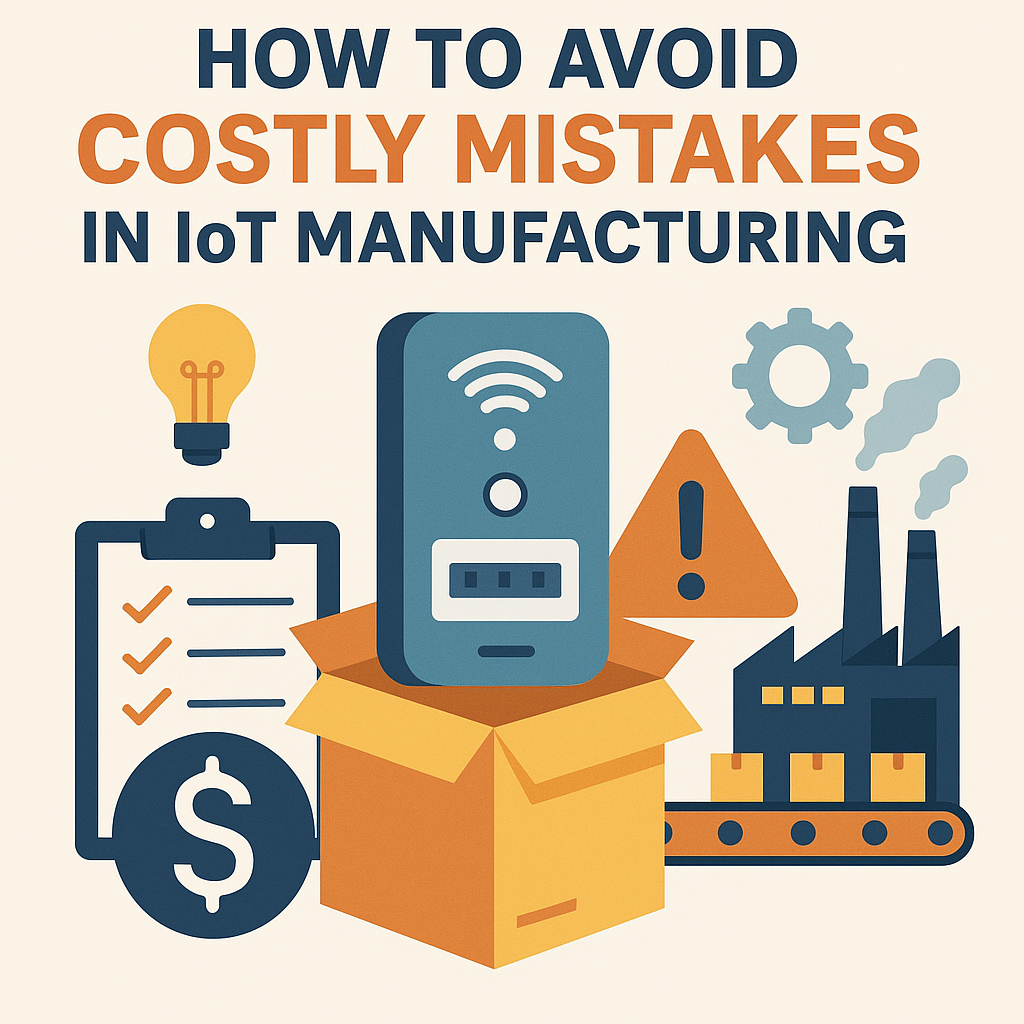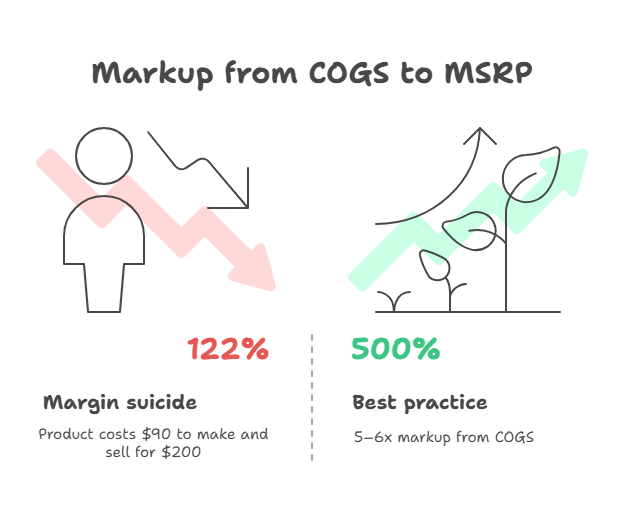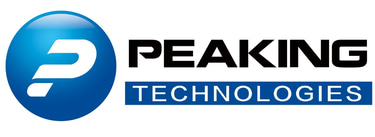Hardware Is Hard: 10 Manufacturing Lessons Every IoT Startup Must Learn
You Just Raised $8M for Your IoT Startup—Here’s How Not to Screw Up the $1.2M You Set Aside to Build
5/12/20255 min read


Let’s talk about your $1.2M development budget.
It feels like a solid cushion, right? Enough to prototype, iterate, and get to production. But if you’re not careful, it’s gone faster than you can say “tooling rework.” And once it’s gone, you’re not debugging hardware—you’re firefighting, explaining to investors why you’re behind and how much more you’ll need to recover.
I’ve seen it happen too many times.
So if you’ve got cash in the bank and pressure to build, read this before you build anything.
1. Don’t Build Something That Dies in the Factory
A working prototype is just a demo if it can’t survive the realities of production.
It’s not enough for the device to work beautifully on your lab bench. Can it be assembled in under 3 minutes by someone with no engineering background? Can it survive being boxed, shipped, and unboxed in a humid warehouse? Will it still work after sitting on a boat for 40 days?
If you haven’t thought about these questions, you’re not building a product—you’re building a fragile concept. Great engineering isn’t just about making something that works. It’s about making something that works at scale, under stress, at cost.
2. Lock Your BOM Like Your Runway Depends on It. Because It Does.
Bill of Materials (BOM) mistakes are one of the top killers of hardware timelines.
That one microcontroller your firmware depends on? If it’s suddenly out of stock for 52 weeks—or worse, discontinued—you’re spinning your PCB again, requalifying parts, and updating software under pressure. This isn’t just a speed bump—it can add months and burn tens of thousands.
Design in alternates. Know your second-source options. And don’t let “we’ll figure it out later” become your default plan.
Because BOM volatility isn’t a risk in hardware—it’s a certainty.
3. Build the System, Not Just the Device
Your real product isn’t the device. It’s the repeatable system that builds the device.
Early teams focus too much on the physical unit and forget that manufacturing is a process. A device that takes four hours of hand-soldering is fine for a prototype—but deadly at scale.
Have you done a 20–50 unit test run in real factory conditions? That’s where the hidden issues show up: loose connectors, misaligned parts, assembly steps that require a “special trick” only your engineer knows.
You don’t know your product until you’ve built it at volume, under factory constraints, without special treatment.
4. Put Your IP in Contracts, Not Assumptions
Hardware involves tooling, molds, test fixtures, firmware, and sometimes even jigs.
Here’s a harsh truth: if it’s not explicitly spelled out in a contract, you don’t own it. That mold you paid for? It may sit in a supplier’s warehouse, unusable, if you didn’t secure transfer rights.
What happens if your supplier suddenly changes their business model—or worse, disappears?
Make sure:
You have clear ownership of your molds and tooling.
You retain the right to move production elsewhere.
All NDAs, IP rights, and deliverables are written and signed.
Protecting your IP means thinking ahead—not just about what you own, but how you’d recover if a partner failed you.
5. Stay Close to Your Factory, or They’ll Start Guessing
Factories are great at building what you tell them. But if you go quiet, they’ll fill in the blanks—and their guesses may not match your vision.
Weekly communication isn’t optional. You need:
Updates on yields, rejects, and timelines.
Photos and videos of progress.
Clear change logs and quality feedback.
Silence invites surprises. Surprises cost money.
If you’re not fluent in manufacturing, hire someone who is—or you’ll learn the hard way.
6. Build 50 Units Before You Build 10,000
Seriously. Build 50 first.
Not five. Not ten. Fifty.
This is the volume where true system stress starts to appear:
Does your firmware flash cleanly at scale?
Does your packaging survive drop tests?
Are your test jigs working without babysitting?
You’ll discover missteps in layout, material sourcing, and assembly logic that never showed up in your prototype phase.
Think of it as your debug run—before you spend hundreds of thousands on mass production.
7. Expect Things to Go Wrong. Budget for It.
Here’s the thing about hardware: it breaks.
Molds fail.
A shipment goes to the wrong port.
Your plastics don’t meet flame ratings.
This isn’t failure—it’s the nature of the beast. But if you haven’t built breathing room into your budget, these normal hiccups turn into existential threats.
Set aside 10–20% contingency for rework, tooling fixes, and sourcing delays. Your investors will thank you later.
8. Know Your Margins Before You Build
Let’s talk money.
If your product costs $90 to make and you’re planning to sell it for $200, you’re in trouble. That’s not profit—that’s margin suicide once you include channel costs, marketing, logistics, returns, and overhead.
In hardware, you can’t fix margin later. You need to engineer it in from the start.
Best practice: aim for 5–6x markup from COGS (cost of goods sold) to MSRP. That gives you the breathing room to survive and grow.


9. Think Like a System Builder, Not Just a Product Designer
If you’re still thinking in “units” instead of “flows,” it’s time to level up.
Mass production success is about:
Flow: How does your product move through the line?
Constraints: What bottlenecks exist in your supply chain or process?
Scale: What changes when you go from 100 to 10,000?
Founders who survive manufacturing think in processes, not parts. And if that’s not your strength, hire someone who lives and breathes ops.
10. $1.2M Feels Like a Lot—Until It’s Gone
Here’s what burns budgets fast:
A bad mold that has to be rebuilt ($30K+)
A line shutdown due to QA issues ($10K/day)
A failed shipment stuck in customs ($20K+ in delay costs)
Suddenly, that $1.2M is looking very thin.
The founders who win are the ones who treat cash like oxygen. Every dollar has a job. Every decision has trade-offs. Every step is intentional.
Final Word: Don’t Just Protect the Prototype. Protect the Pipeline.
Your investors didn’t back you just to see a beautiful prototype—they backed you to see scale, margin, and delivery.
So build like a veteran. Sweat the system. And above all, protect your pipeline as fiercely as your IP.
This is hardware. It’s messy. It’s expensive. But if you do it right, it’s also incredibly rewarding.
Now go build something great—and don’t let the factory eat your dream.
